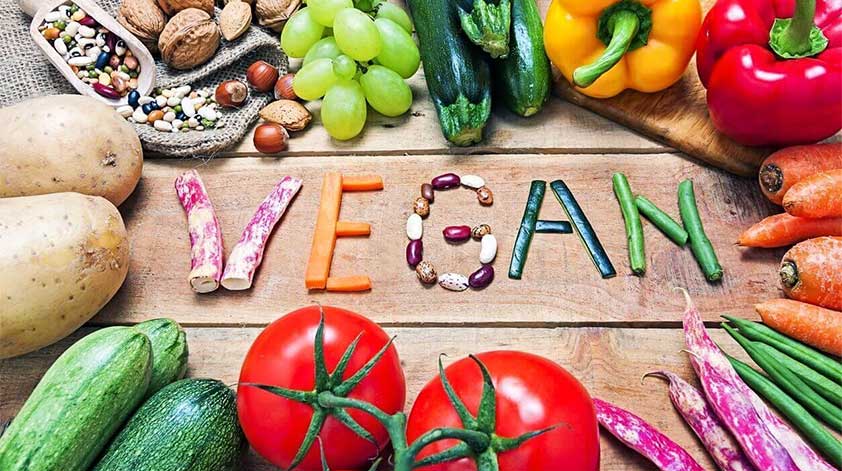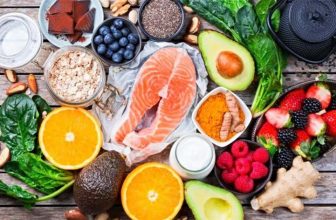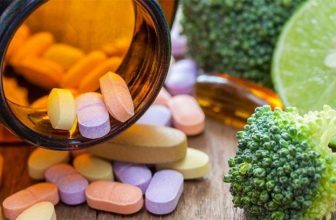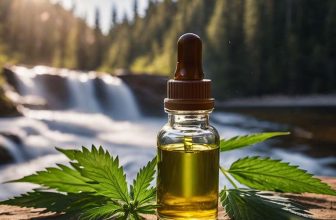
Many people have become vegan in the past couple of years. Many social media influencers are promoting a vegan diet, and more and more companies are making vegan products. But, for some people it still seems absolutely unachievable to eat only plants! This article talks all about the vegan diet: from the mental aspect of being vegan, to achieving food diversity and cooking delicious plant meals on a budget whilst levelling a few myths about Veganism in the process. Want to know what’s involved before giving it a try? Then you’re in the right place, read on for Becoming Vegan: Is it Really Easy or Practically Impossible?
Going Vegan is a Personal Choice
To start, I should say that choosing to pursue a vegan diet is a very personal choice, and may arise from a variety of reasons. An individual can turn vegan because of environmental reasons, because of the love for animals or due to health concerns. The most important thing is to make this decision to change wholeheartedly, and in an unbiased manner. Becoming vegan should not come from social pressure or any type of social influence, this decision should come from your heart.
Question the Sceptics
Veganism is often viewed sceptically. People assume that you cannot get enough protein, vitamins and minerals, such as iron and zinc. Whilst, it is absolutely possible to be deficient in some nutrients, like vitamin B12, Omega-3 and Vitamin D, it is easy to compensate for those deficiencies through diet and supplementation, if you direct your attention to it.
The key supplements vegans need to take are Vitamins D and B12, calcium and zinc. However, not only vegans need to supplements those, in fact, most people, no matter what their diet is, are deficient in a number of vitamins and minerals.
Protein? Yes PROTEIN, again!
Protein is one of the three key macronutrients. It is responsible for growth and repair. Vegans are often asked: “So how do you even get enough protein without meat and dairy?”. People forget that most vegetables, beans and legumes contain protein. Rice, lentils, mushrooms, chickpeas, hemp seeds, peas and even broccoli contain this macronutrient. The point to note, is that the above sources are not complete protein sources, which means they do not contain all 9 of the essential amino acids.
The good news is that combining them with each other easily creates a full amino acid profile. There are a few naturally complete protein sources, including tofu, quinoa, tempeh, edamame beans and chia seeds. These foods contain essential amino acids in different proportions, so combining them with other vegetables and beans, as well as with some fats, in a balanced meal is the best way to get your full profile of nutrients.
Eating meals that are well-balanced can also aid absorption of nutrients by the body. For example, vitamin C improves absorption of non-heme iron, hence, adding some orange juice or a squeeze of lemon into your green smoothie will help you get the maximum amount of iron from the drink.
Veganism by Nature can Inspire You to Get Creative!
The biggest misconception about veganism is that the meals are bland and boring. How wrong is that! Vegetables allow so much variety, and through cooking you can create textures better than any non-vegan ingredient ever could. Just look around for some vegan recipe inspiration, and you will discover so many options! You can even create meringues from chickpea water or burgers from beetroot and mushrooms! Just look a recipe up and try it out!









